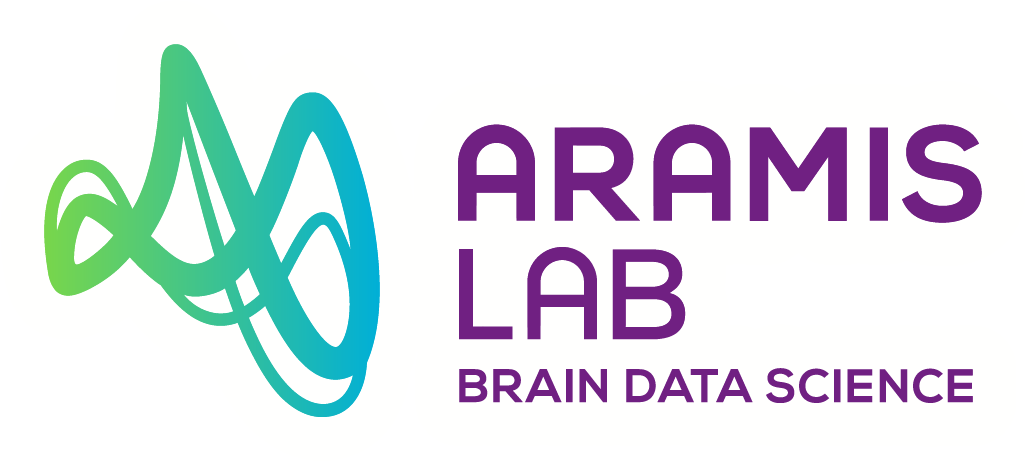Deep learning classification from brain MRI: Application to Alzheimer’s disease
Contents

Deep learning classification from brain MRI: Application to Alzheimer’s disease#
Introduction#
Numerous deep learning approaches have been proposed to classify neurological diseases, such as Alzheimer’s disease (AD), based on brain imaging data. However, classification performance is difficult to compare across studies due to variations in components such as participant selection, image preprocessing or validation procedure. Moreover, these studies are hardly reproducible because their frameworks are usually not publicly accessible and because implementation details are lacking. Lastly, some of these works may report a biased performance due to inadequate or unclear validation or model selection procedures. We aimed to address these limitations by proposing an open-source framework, initially intended for AD classification using convolutional neural networks and structural MRI (Wen et al. 2020). Nowadays, it can be extensible to other tasks.
The clinicadl library was originally developed from the
AD-DL project, a GitHub repository
hosting the source code of a scientific publication on the deep learning
classification of brain images in the context of Alzheimer’s disease. This
framework comprises tools to automatically convert publicly available AD
datasets into the BIDS standard, and a modular set of image preprocessing
procedures, classification architectures and evaluation procedures dedicated to
deep learning. This framework can be used to provide a baseline performance
against which new methods can easily be compared. Researchers working on novel
methods can easily replace a given part of the pipeline with their own solution
(e.g. a classifier with a new architecture), and evaluate the added value of
this specific new component over the baseline approach provided. The code of
the framework is publicly available at:
https://github.com/aramis-lab/clinicadl.
This tutorial will guide you through the steps necessary to carry out an
analysis aiming to differentiate patients with Alzheimer’s disease from healthy
controls using structural MR images and convolutional neural networks. It will
particularly highlight traps to avoid when carrying out this type of analysis.
The tutorial will rely on Clinica, a software
platform for clinical neuroimaging studies, and
ClinicaDL, a tool dedicated to the
deep learning-based classification of AD using structural MRI. Even though we
will focus on Alzheimer’s disease, the principles explained are general enough
to be applicable to the analysis of other neurological diseases.
The Jupyter Book is divided into the following sections:
Background
Preprocessing data
Deep Learning
Going further
Execution of the notebooks#
Each of the next sections can be downloaded as a notebook (a mix of text and code) that can be executed locally on your computer or run in a cloud instance (useful if you do not have a GPU available in your computer). For the later case, when available, links to instances of Google Colab are displayed.
Run in the Cloud#
Interactive notebooks can be launched using a Google Colab instance. To do this, click on the icon in the upper right side of the corresponding page. When launching the Colab, an initial step is proposed to set-up the notebook with the necessary software, this can take some time, particularly for the notebook “Prepare your neuroimaging data”. Notebooks can be run independently.
Local execution of the notebooks#
Use Conda/miniconda/micromamba to setup your local environment and to execute these notebooks. If the tool is not installed in your system, please follow these instructions to install it.
Warning
It is strongly recommended to use a computer with at least one GPU card, especially if you want to train your own model.
Once Conda is installed, a good practice consists in creating a new environment
and installing inside clinicadl and of course jupyter notebook. Here is how
to install your environment and clinicadl (for user mode).
conda create env -f environment.yml -n clinicadl_tuto
conda activate clinicadl_tuto
pip install jupyterlab
pip install clinicadl==1.2.0
If you plan to contribute to ClinicaDL, we suggest you follow these instructions:
Environment installation instructions (developer mode)
If you plan to contribute to ClinicaDL, we suggest you create a fork of ClinicaDL repo.
Then clone your fork from GitHub:
git clone https://github.com/<your_name>/clinicadl.git
Once you cloned the repository in your personal folder, get in it and install
the latest version of poetry using pipx:
cd clinicadl
pipx install poetry
To install pipx on macOS:
brew install pipx
pipx ensurepath
Otherwise, install via pip (requires pip 19.0 or later):
python3 -m pip install --user pipx
python3 -m pipx ensurepath
We suggest creating a custom Conda environment for your fork, so you can test your modifications, and install all the dependencies inside your environment using poetry:
conda env create -f environment.yml --name clinicadl_dev
conda activate clinicadl_dev
poetry install
pip install jupyterlab
For the preprocessing stage, you must install these software:
Troubleshooting#
If you are not able to exploit your GPU, please reinstall Pytorch by following instructions available in their webpage.
Some instructions of these notebooks need access to the Internet, in order to download templates, masks and models. Please verify that your internet connection is available.
You need help? Post an issue in our repository!
